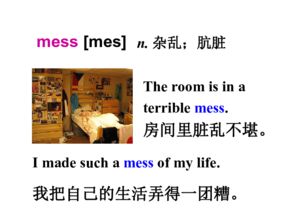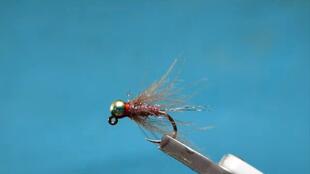Content:
Fishing, an ancient pastime that has stood the test of time, is not just about patience and luck; it's an art that requires skill and finesse. One of the most fundamental tools in a fisherman's arsenal is the hand竿, or rod. Mastering the art of hand竿使用 is crucial to improving your fishing technique. In this article, we will delve into various aspects of hand竿的使用, offering tips and tricks to help you upgrade your fishing skills.
Understanding Your Hand竿
Before you can begin to upgrade your technique, it's essential to understand the components of your hand竿. A typical hand竿 consists of the following parts:
- Handle: The part you hold onto. It can be made of wood, cork, or foam.
- Guides: These are the rings that the fishing line runs through, guiding it to the tip of the rod.
- Tip: The flexible end of the rod that bends when a fish takes the bait.
- Butt: The base of the rod, which can vary in length and weight.
Choosing the Right Hand竿
The first step in upgrading your hand竿 technique is selecting the right rod for your fishing style and the type of fish you're targeting. Here are some factors to consider:
- Length: The length of your hand竿 should be proportional to the type of fishing you're doing. Longer rods are better for casting over long distances, while shorter rods are more maneuverable in tight spaces.
- Action: The action of a hand竿 refers to how much it bends when pressure is applied. Fast-action rods are ideal for catching big fish, while slow-action rods are better for finesse presentations.
- Power: The power of a hand竿 is its resistance to bending. A heavier power rod is better for larger fish, while a lighter power rod is suitable for smaller species.
Improving Your Casting Technique
Casting is the foundation of fishing, and mastering it can significantly improve your chances of catching fish. Here are some tips to help you upgrade your casting technique:
- Grip: Hold the hand竿 with a comfortable grip. Avoid gripping too tightly, as this can lead to fatigue and inaccurate casts.
- Backcast: Start by lifting the hand竿 back over your head, then lower it behind you while winding the line off the reel. The key is to maintain a smooth, continuous motion.
- Forward Cast: After completing the backcast, accelerate the hand竿 forward with a quick, flicking motion. The goal is to send the line out with a smooth, tight loop.
- Drift Control: Once the line is in the air, allow it to drift naturally. Avoid the temptation to pull it back, as this can cause the line to tangle or the bait to lose its natural presentation.
Fine-Tuning Your Bait Presentation
The way you present your bait can make or break your fishing success. Here are some tips to help you improve your bait presentation:

- Natural Movement: Whether you're using live bait or artificial lures, it's crucial to mimic the natural movement of the fish's prey. Experiment with different retrieves to see what works best.
- Timing: Pay attention to the timing of your bait presentation. The key is to trigger a strike without being too obvious. This often requires a subtle, rhythmic motion.
- Depth: Adjust the depth of your bait based on the fish's habits. Some species prefer shallow waters, while others are found in deeper, cooler areas.
Reading the Water
Understanding the water you're fishing in is crucial to successful hand竿 fishing. Here are some tips to help you read the water:
- Observe the Surface: Look for disturbances on the water's surface, such as bubbles, ripples, or splashes. These can indicate the presence of fish.
- Study the Bottom: The bottom of the water can provide valuable clues about fish habitat. Look for structures like rocks, logs, or vegetation that fish might use as cover.
- Use Your Senses: Pay attention to the sounds and smells around you. The faintest rustling or scent can lead you to a school of fish.
Maintaining Your Hand竿
To keep your hand竿 in top condition, it's essential to maintain it properly. Here are some tips:
- Clean Your Hand竿: After each fishing trip, rinse your hand竿 with fresh water to remove salt, mud, or debris.
- Dry Your Hand竿: Allow your hand竿 to air-dry completely before storing it. This prevents rust and ensures it remains flexible.
- Inspect Your Hand竿: Regularly check your hand竿 for any signs of damage, such as cracks or frayed guides. Address these issues promptly to prevent further damage.
Conclusion
Upgrading your hand竿 technique is a journey that requires patience, practice, and a willingness to learn. By understanding the components of your hand竿, choosing the right rod, improving your casting technique, fine-tuning your bait presentation, reading the water, and maintaining your equipment, you'll be well on your way to becoming a more skilled fisherman. Remember, the key to success is not just in the equipment, but in the knowledge and experience you bring to the water. Happy fishing!












